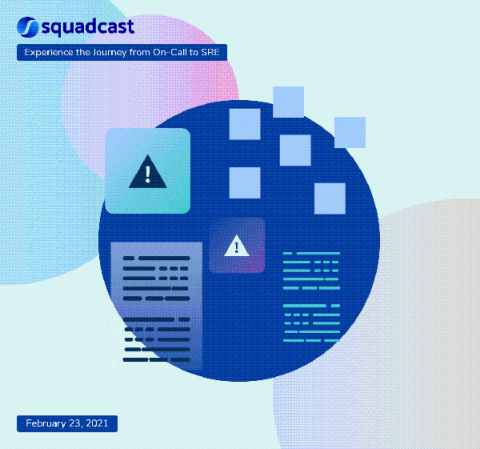Overview of Incident Lifecycle in SRE
Incidents that disrupt services are unavoidable. But every breakdown is an opportunity to learn & improve. Our latest blog is a deep dive into best practices to follow across the lifecycle of an incident, helping teams build a sustainable and reliable product - the SRE way As the saying goes, “Every problem we face is a blessing in disguise”.











